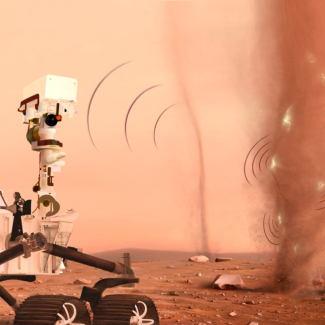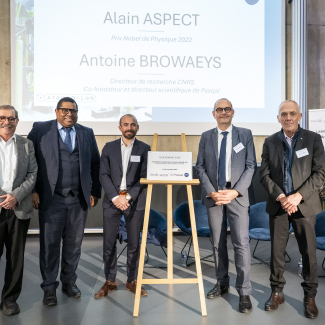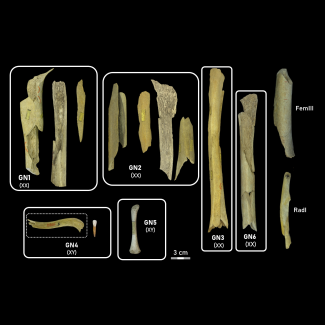
Llama antibodies: new therapeutic avenues against schizophrenia
|
Llamas possess a particular type of antibody that scientists have just used to produce mini antibodies. These “nanobodies” easily pass through the biological barrier that protects brain cells1, making them more effective than the antibodies currently used in treatments. Biodegradable and associated with limited secondary effects, today they promise a new generation of treatments for schizophrenia. These results, led by scientists at the CNRS, Inserm, and l’Université de Montpellier2, were published in the journal Nature on 23 July 2025.
While current treatments for schizophrenia — a mental illness affecting 1% of the world’s population — can reduce certain symptoms, they have little effect on the cognitive deficits affecting the daily life of patients.
Scientists at the Institute of Functional Genomics (CNRS/Inserm/Université de Montpellier) have just designed a nanobody made from llama antibodies that can specifically activate a glutamate receptor involved in regulating neural activity. Administered peripherally via veins or muscles, this new molecule has demonstrated its capacity to break the blood-brain barrier and effectively reach brain receptors.
The therapeutic effect of these nanobodies was evaluated in two preclinical models of schizophrenia. The administration of nanobodies corrected the cognitive deficits observed among mouse models, as the cognitive function of animals ²clearly improved beginning with the first injection, with a prolonged effect over one week.
Clinical studies are now required to demonstrate that this ability to correct cognitive deficits via peripheral injection can represent a new avenue of treatment for schizophrenia. This research confirms the potential of nanobodies as a new therapeutic strategy for acting on the brain, with their use eventually being broadened to include the treatment of other neurological illnesses.

© Bruno JOURDAIN / IGE / CNRS Images
Nanobody therapy rescues behavioural deficits of NMDA receptor hypofunction. Mathieu Oosterlaken, Angelina Rogliardo, Tatiana Lipina, Pierre-André Lafon,Mireille Elodie Tsitokana, Mathilde Keck, Héloïse Cahuzac, Pierre Prieu-Sérandon,Séverine Diem, Cécile Derieux, Célia Camberlin, Chrystel Lafont, Damien Meyer, Patrick Chames, Franck Vandermoere, Philippe Marin, Laurent Prézeau, Denis Servent, Ali Salahpour, Amy J. Ramsey, Carine Bécamel, Jean-Philippe Pin, Julie Kniazeff & Philippe Rondard, Nature, 23 July 2025.
DOI : 10.1038/s41586-025-09265-8


